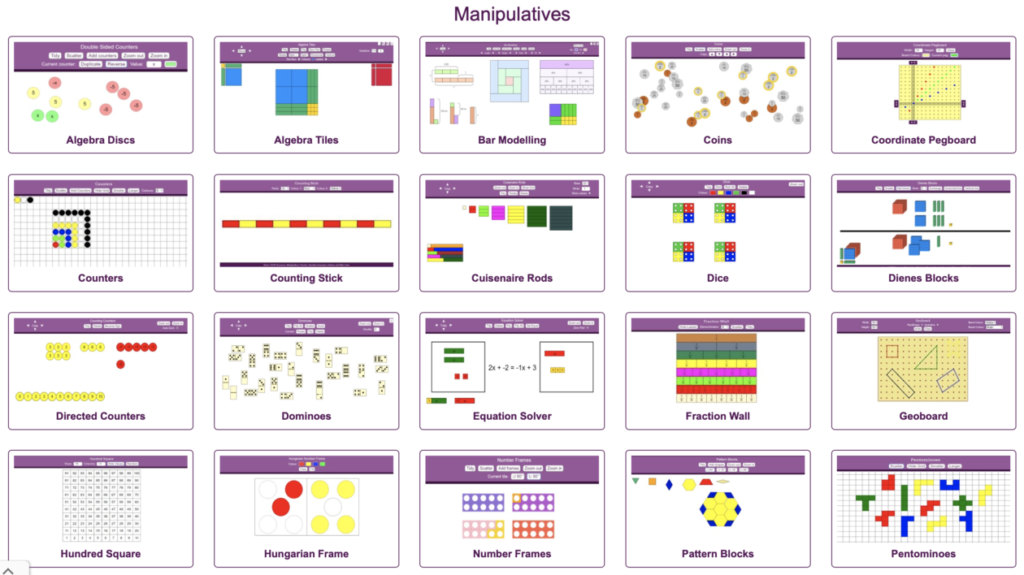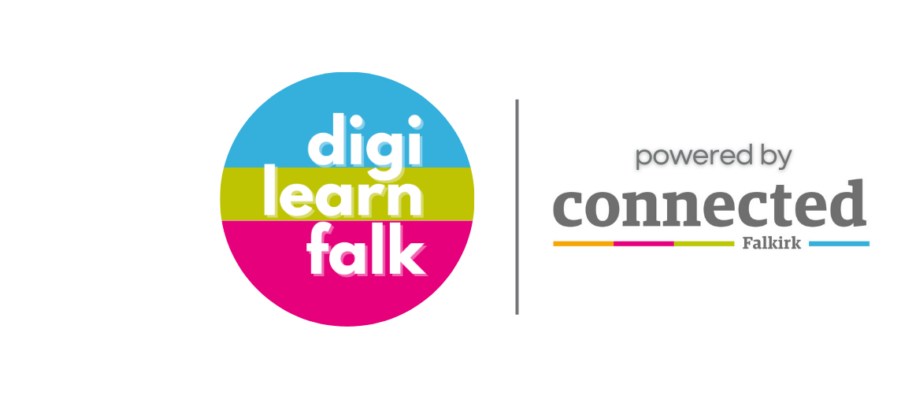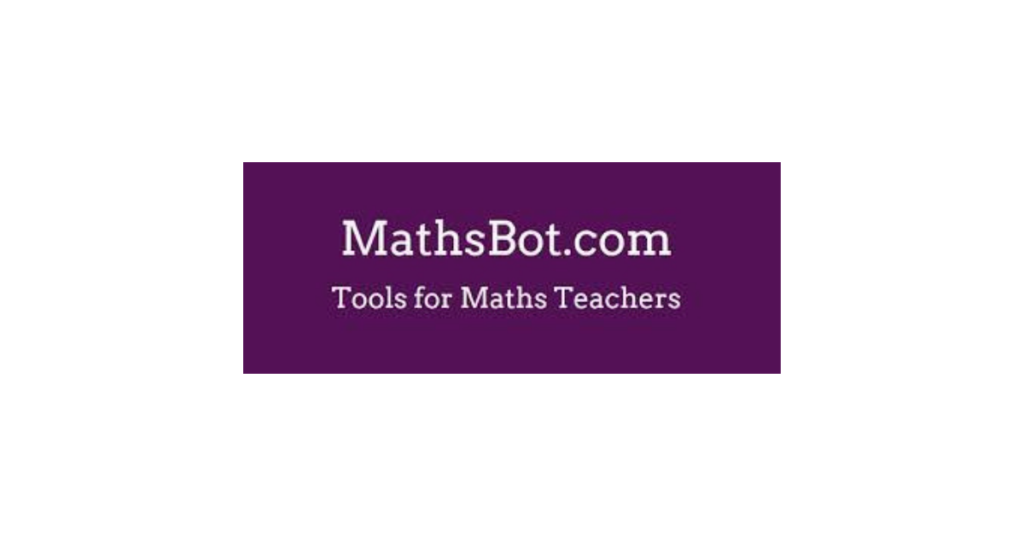What is it?
MathsBot.com – a series of free online tools, created by Maths teacher Jonathan Hall, which can be used to support teaching mathematics. There are tools to support mathematics teaching at all stages whether primary school or high school. These are designed to be used in a teaching situation where a teacher is using the tools directly with learners to help explain concepts, or to provide interactive activities with a class, a group or individual learners.
With sections for grids, manipulatives, puzzles, printables, starters and tools there are plenty of tools to keep your mathematicians busy! There are even specific resources to support GCSE maths curriculum which may have useful resources for NQ level classes. In each section you will find different tools to support the teaching of a particular topic or games and activities to support numeracy development.
It even has a built in calculator and timer in the top left of the page to support pupils in checking their work, making complex calculations or timing themselves!

.
How might I use it in class?
In the manipulatives section you’ll find a fraction wall, counters, counting sticks, Cuisenaire rods, Dienes blocks, Geoboard, pentominoes, place value counters, ten frame and unit box which can supplement the usual use of these pysical or paper tools in the classroom.
Tools like Venn Diagrams can let pupils explore a whole range of different aspects whether properties of numbers (such as even/odd, 1-digit/2-digit, less-than/more-than), area of rectangles, co-ordinates. and more.
The Number of the Day interactive tool can be used to display a range of random questions based on a teacher’s choice of difficulty and the range of number answers as well as difficulty level. So for quick-fire mental maths classroom activities it could be useful as a daily routine for a few minutes.
Likewise there is the AfL Checkup tool which a teacher can set at whatever level of difficulty would best support and challenge learners, within choices of arithmetic, converting time units, fractions, measure, money, and more. And within each choice you can choose the aspects of these which match what is being taught and learned in the classroom at the time to consolidate and challenge learners in a fun interactive way.
Blog Post Credit: Malcolm Wilson


